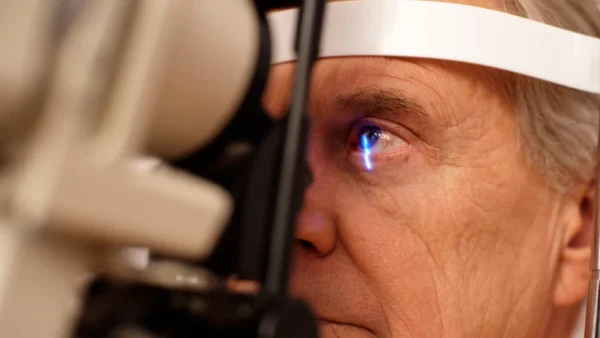Disclosure: This post may contain affiliate links, meaning we get a commission if you decide to make a purchase through our links, at no cost to you. Please read our disclosure for more info.
Last Updated on September 6, 2023 by Steal the Style
Do you wear glasses or contacts but still have blurry and distorted vision? Is refractive lens exchange surgery something you’ve heard about but aren’t sure you’re ready for? If so, you need to learn about the refractive lens exchange pros and cons of surgery.
Seeing again can improve your quality of life. Even if you’re hesitant to get lens replacement surgery, you’ll have a better quality of life if you have any type of vision impairment.
Not sure what it entails or why you should go through with it? This guide will help you weigh the pros and cons so you can make the best decision for your vision.
In This Post:
Pros of Refractive Lens Exchange
Refractive Lens Exchange (RLE) can give individuals with poor vision a permanent solution to their eye problems. RLE is a procedure that replaces the natural lens of the eye with a clear, artificial intraocular lens. This procedure offers many benefits, including improved clarity, freedom from glasses, and enhanced night vision.
Improved Clarity
RLE offers improved clarity of vision by replacing refractive errors with artificial lenses. This procedure eliminates refractive errors and maintains stable vision quality for extended periods. It is crucial to weigh the pros and cons before undergoing the procedure and seek advice from an experienced eye specialist for informed decisions.
Freedom From Glasses
With RLE, it’s possible to improve visual quality without relying on glasses. A RLE takes around 30 minutes and is considered a safe procedure compared to more elaborate surgeries. There’s no need for external lenses.
Enhanced Night Vision
RLE is intended to treat nearsightedness and farsightedness. RLE is often a great choice for those seeking enhanced night vision. The procedure is fast, safe, and painless.
Cons of Refractive Lens Exchange
RLE is an alternative to laser eye surgery. But this procedure should not be taken lightly due to its potential risks. While the procedure can improve vision, it also carries potential risks.
Every patient must evaluate the potential cons to decide if RLE is the right choice for them. Some of the cons of this procedure include being inappropriate for some conditions, being a costly procedure, and increasing the risk of regression and astigmatism.
Inappropriate for Some Conditions
RLE may not be appropriate for some conditions, as it is an invasive procedure unsuitable for everyone. For people with certain medical conditions, including early glaucoma, dry eye, and corneal disorders, the risks associated with this procedure can outweigh the potential benefits.
Costly Procedure
RLE is an expensive surgical procedure. The cost of the procedure can range from $3,000 to $5,000 per eye, depending on the type of lens used.
Increasing the Risk of Regression and Astigmatism
Regression is the tendency for the eyes to reshape after the procedure, which can lead to blurred vision. Astigmatism is an irregular curvature of the cornea that can also cause blurred vision. Additionally, RLE requires general anesthesia and can involve long recovery times.
Learning About Refractive Lens Exchange Pros and Cons
Refractive lens exchange offers a quick, safe solution for relieving vision disturbances. With a wide range of benefits ranging from increased image clarity to reduced risk of retreatment, it is an attractive alternative to other forms of corrective eye surgery.
If you’re considering this surgery, be sure to explore the refractive lens exchange pros and cons to determine if it’s the best option for you. Contact your local eye specialist today for more information.
Did you find this article helpful? Check out the rest of our blogs!

